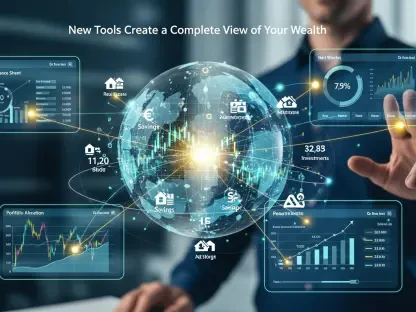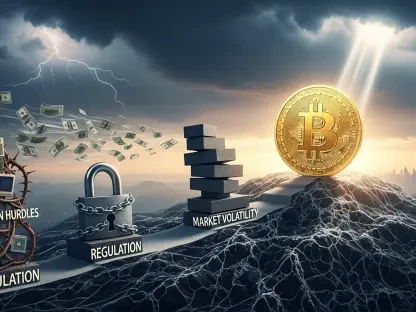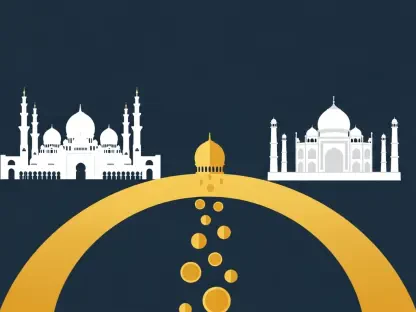Imagine a scenario where long-marginalized Indigenous communities begin to own significant stakes in Canada’s energy sector, thereby changing the rules of the game. This transformation represents not just a shift in ownership but a potential redefinition of economic power and sustainability within the country’s energy framework.
The Turning Tide of Ownership in Energy
With the trajectory of energy project ownership in Canada evolving, Indigenous communities are steadily acquiring more substantial roles. Recent statistics reveal a significant increase in Indigenous participation with major energy stakeholders. One such transformative venture includes 36 First Nations forming a partnership with Enbridge. This collaboration, backed by a $400-million loan guarantee from the Canada Indigenous Loan Guarantee Corporation (CILGC), aids these communities in making a $715 million equity investment in Enbridge’s Westcoast natural gas pipeline system.
Why Indigenous Equity Matters in Modern Energy Solutions
Historically, Indigenous Peoples faced exclusion from key economic sectors, missing out on opportunities that fueled the country’s industrial growth. Today, the dynamic is changing as movements for economic and environmental justice demand Indigenous presence in sectors like energy. Indigenous equity in energy projects is not only a matter of cultural empowerment and restorative justice but also essential for achieving broader environmental goals by integrating traditional knowledge with modern technologies.
Transformative Partnerships: A Closer Look
Notable partnerships are paving the way, exemplifying how Indigenous equity can benefit all involved. The collaboration between 36 First Nations and Enbridge represents a model of economic growth that respects cultural values while providing stable returns. This landmark deal emphasizes sustainable economic benefits, with expected completion in two years, underscoring Enbridge’s commitment through its Indigenous Reconciliation Action Plan. Such initiatives reflect a mutual effort to incorporate Indigenous wisdom and ownership into Canada’s energy future.
Voices from the Field
Key players, including Indigenous leaders and executives from energy firms like Enbridge, express shared optimism about the future of these partnerships. Indigenous representatives highlight the economic independence and cultural revitalization brought by significant investments in education, infrastructure, and environmental stewardship. Government officials commend these efforts, underscoring that facilitating Indigenous equity in energy projects is crucial for comprehensive national development. These voices collectively call for continued commitment to advancing complex, transformative projects.
Practical Pathways to Enhanced Indigenous Participation
The path to increasing Indigenous involvement in Canada’s energy sector lies in creating accessible financial models and government-backed support. The Federal Indigenous Loan Guarantee Program exemplifies effective governmental backing. Additionally, robust community engagement strategies ensure that the benefits align with Indigenous values and objectives. Transparency and consistent communication are vital in crafting partnerships that equally benefit energy companies and Indigenous communities, bridging historic gaps while forging new economic frontiers.
Indigenous equity has reshaped Canada’s energy sector, with successful partnerships demonstrating the power of aligning economic pursuits with cultural and environmental priorities. Future steps require continued dedication to fostering these collaborations, further supporting Indigenous sovereignty and sustainability. This journey both reflects and reinforces the conviction that equitable participation will drive an inclusive and enduring energy future for all Canadians.









